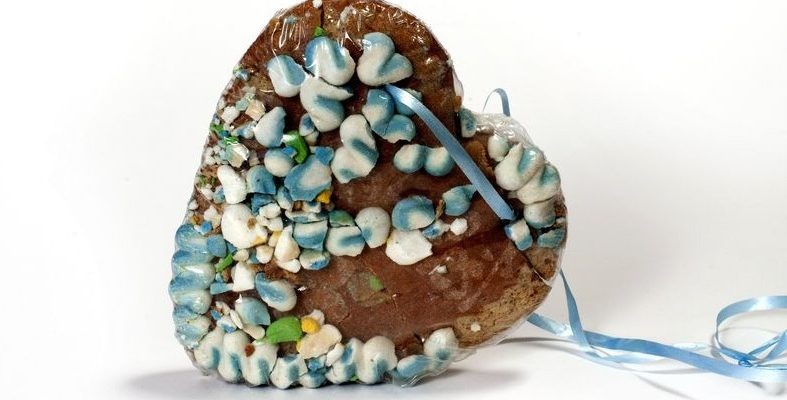A lot has been written about the beginning of love. There are also plenty of romantic films, both tragic and comical. But what about the end of a relationship? There are hardly any stories that deal with a separation or the moment of falling out of love. At least that’s what sociologist Eva Illouz writes in her book “Why Love Ends.” If only she had known about this museum in Zagreb.
In a former palace in the old town of the Croatian capital, the museum shows objects that heartbroken people have sent in from all over the world: things that remind us of their past partners. Short accompanying texts tell the stories behind the exhibits: stories about anger and sadness, but also memories of happy moments.
Dražen Grubišić and Olinka Vištica founded the museum in 2010. It all started with their own separation, a stuffed bunny and the question of who would get to keep the bunny. “When Olinka or I traveled alone, we always took the rabbit with us and took photos with him in front of typical tourist destinations. It was a kind of substitute for the person who couldn’t be there at the time,” says Grubišić. “We thought: There has to be a place where you can send these objects – an archive or a museum. So that the objects are not destroyed, but also not with you to torture you.” But there was no such place.
The idea became an art project in 2006, which led to traveling exhibitions and ultimately a museum. Submissions arrive several times a week. The collection now includes more than 4,000 objects, from a battered gingerbread heart to an espresso machine or an ax to a small plastic pig. A dog toy bears the short note: “His dog left more tracks than he did.” And about a magnifying glass it can be said: “She gave it to me as a souvenir before I left. I never understood why she gave me a magnifying glass, and she never explained to me what it meant. But she always said she “I feel small when she’s around me.” The senders remain anonymous.
A woman used this ax to destroy her ex’s belongings while she was on vacation with her new girlfriend.
(Photo: Anna Opalić/Museum of Broken Relationships)
For Grubišić, the museum is one of love: except that its story is only told when it is already over. “When you get an item from an 80-year-old person’s youth, it has nothing to do with anger or disappointment. The person gives you the item because they want to immortalize this greatest moment of love that they had in their life .”
Pain from separation can also be observed in fish
The pieces shown in Zagreb change every two years. “Last time it took us almost a year to decide which stories we would show in the exhibition next. It’s just so difficult. I have at least 200 favorites,” says Dražen Grubišić. And the traveling exhibitions are still there. In Germany they have already been seen in Heidelberg, Cologne and Berlin. Only objects that come from the respective city are shown. After all, heartbreak is everywhere.
By the way, not just with people. Even fish show behavior that can indicate heartbreak. Researchers at the University of Burgundy showed this in 2019. Like them in the Proceedings of the Royal Society B reported, the monogamous cichlids can become lethargic when they cannot be with their preferred partner. In experiments, females that were separated from their favorite fish were less active and curious than fish without a separation experience, which the researchers attributed to an emotional reaction to the separation. In addition, female cichlids spawned less if they were brought together with partners who were not of their own choosing. The researchers’ conclusion: Fish also form emotional bonds – at least similar to humans, although probably not quite as complex.
When it comes to humans, one thing is clear: lovesickness doesn’t just affect the psyche. It is also physical pain. Scientists at Michigan University examined the brain activity of subjects who viewed photos of former partners. In the magazine Proceedings of the National Academy of Sciences they reported, that heartbreak activates the same areas of the brain as physical pain. Furthermore, studies even show that certain painkillers can help alleviate heartbreak. However, it is controversial how high the placebo effect is.
From a Freudian perspective, however, it would generally not be recommended to permanently suppress pain with medication – otherwise it cannot go away. In his classic 1917 essay “Mourning and Melancholy,” Sigmund Freud distinguished between necessary grief, which occurs as an emotional reaction after the loss of a loved one, and melancholy, a pathological state that arises when someone remains in mourning and cannot complete this. It might be better to send memorabilia to a museum – also as a way to end the relationship.
Further episodes of the SZ series “What is that?” read below sz.de/kuriose-sammlungen.

